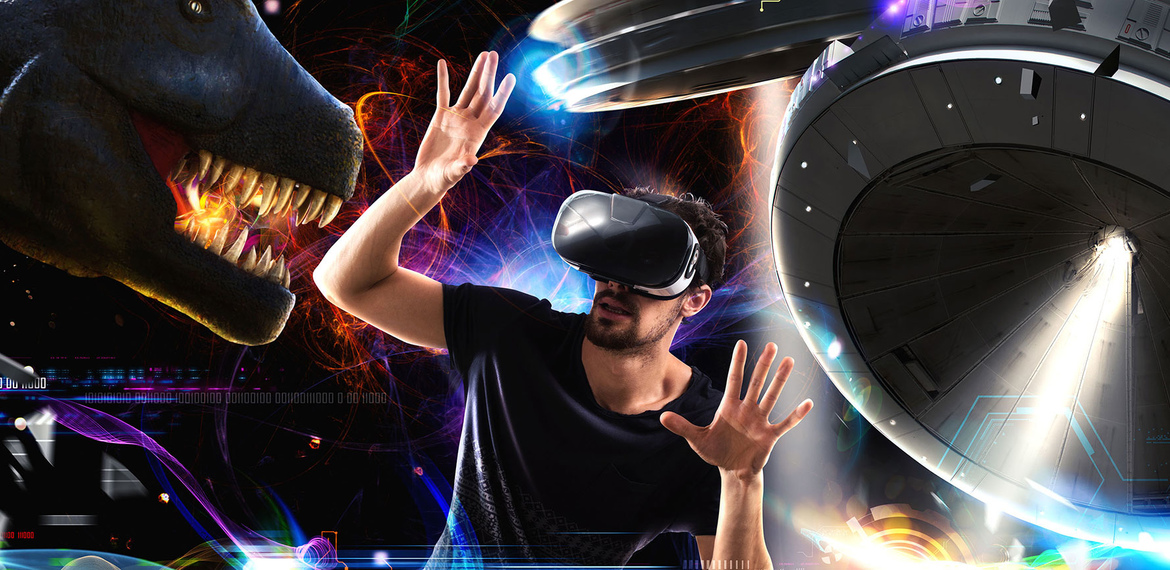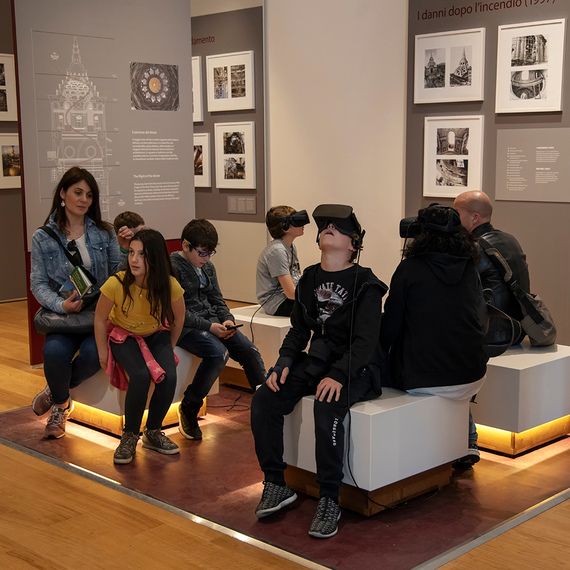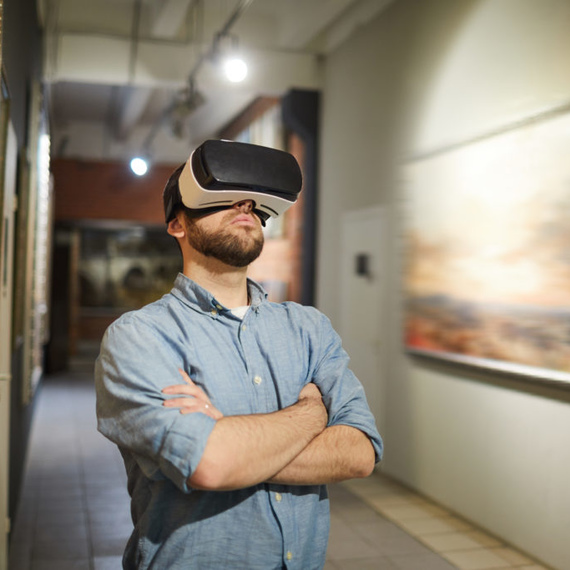This can also include augmented or augmented reality AR technology.
The mechanism is quite simple - when pointing a smartphone or tablet at an object, the viewer receives additional information. Graphic, text, photo, video.
Four basic elements are required for an AR application to work:
- The camera whose video image is to be processed;
- The screen or monitor on which the modified (augmented) video image will be displayed;
- A program that processes information in real time. (Can recognize marks (markers or codes) and user actions, and add programmed AR elements to the final picture;
- The equipment on which the AR program will be installed.
Most modern mobile devices fully meet these requirements, and thus can be used to run augmented reality applications.
AR software adds desired objects to the final video image when it receives a signal or when certain conditions are met:
- The user points the camera at a mark, text, code or graphic element;
- The user points the camera at a pre-scanned AR marker
- GPS transmits data about the location of the device at the desired coordinates;
- Data is received from additional sensors (orientation, position, acceleration, pedometer);
- The user invokes an event independently by including a specific control in the application interface.
The fantastic opportunities for the visitor are obvious.
Get information quickly.
All information of interest to the guest becomes available when pointing the device at the object. Creation history, restored appearance, archival materials, etc.
Access to valuable and hard-to-reach exhibits.
Now any exhibit can be viewed on the screen, rotated, enlarged, etc.
How is the use of such technology beneficial to a museum?
Opportunity to conduct market and social research
To study visitor flows in order to identify the most interesting exhibits. And on the basis of the data obtained, adjust the work schedule and plan the next exhibitions.
Preservation of the most valuable and rare exhibits
Since viewers have the opportunity to see absolutely any exhibit without touching it in reality, the most valuable of them can be presented only in a virtual version. Or they can be securely protected by vandal-proof devices. But this does not prevent visitors from getting acquainted with any of the exhibits in detail.
Increasing the popularity of the museum
Everything new and innovative attracts modern viewers. Moreover, modern viewers can be modern regardless of their age. It is safe to say that today people of all ages willingly interact with various technologies. And therefore, their presence in a museum will arouse invariable interest.
Create an opportunity for everyone to visit the museum and gain new knowledge and experiences!


